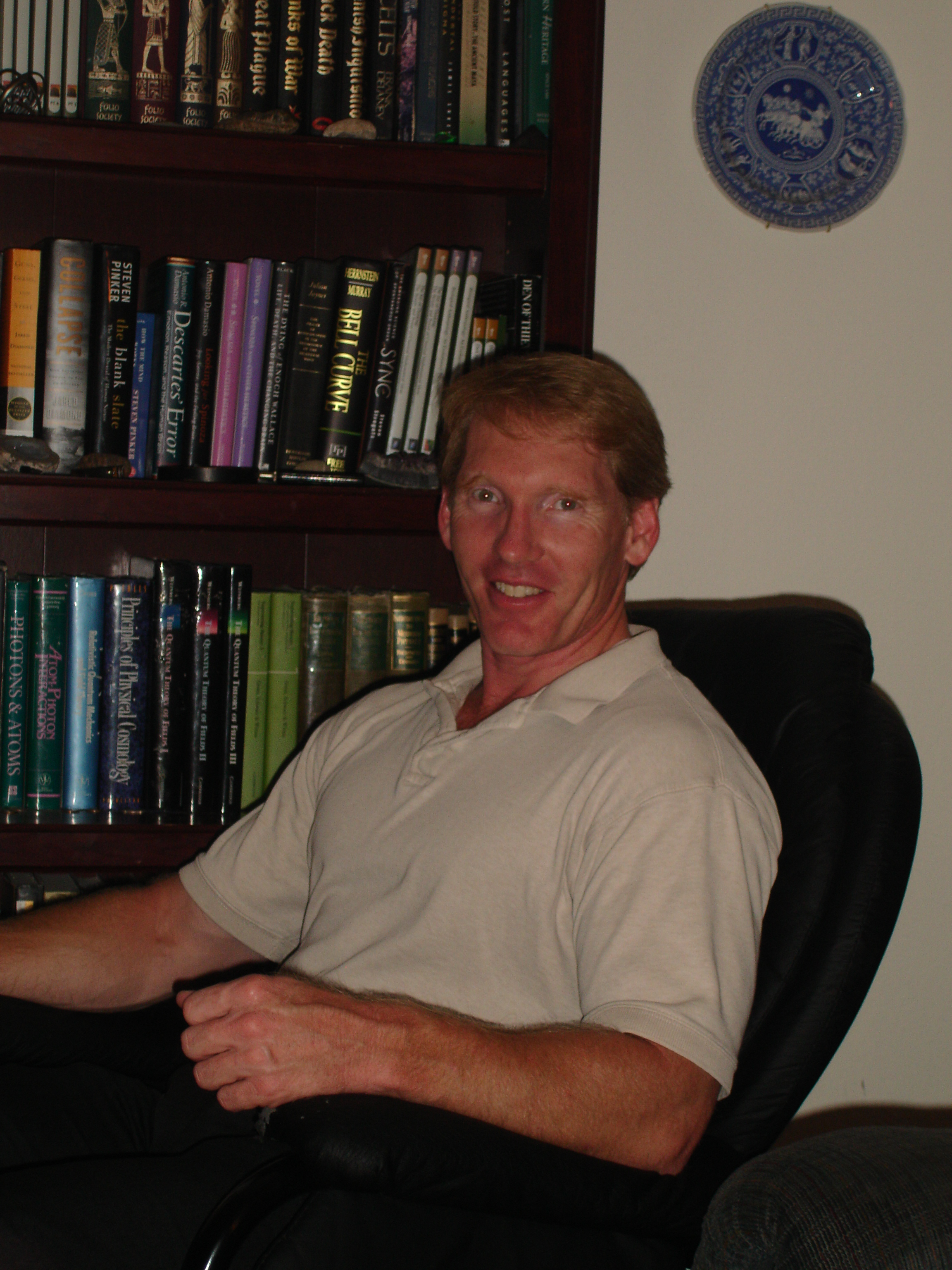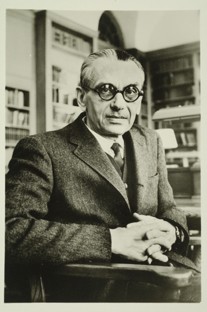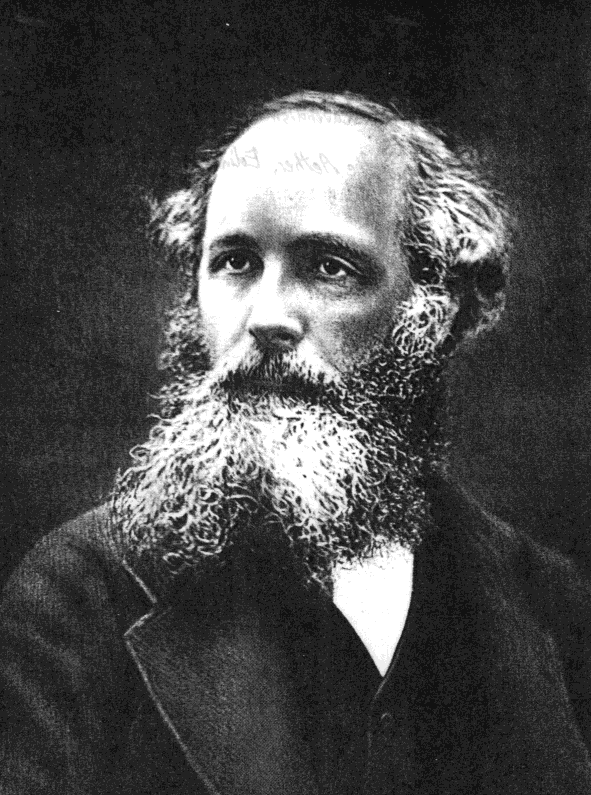A StarkEffects.com All-Articles Archive
Using the Discrete Fourier Transform
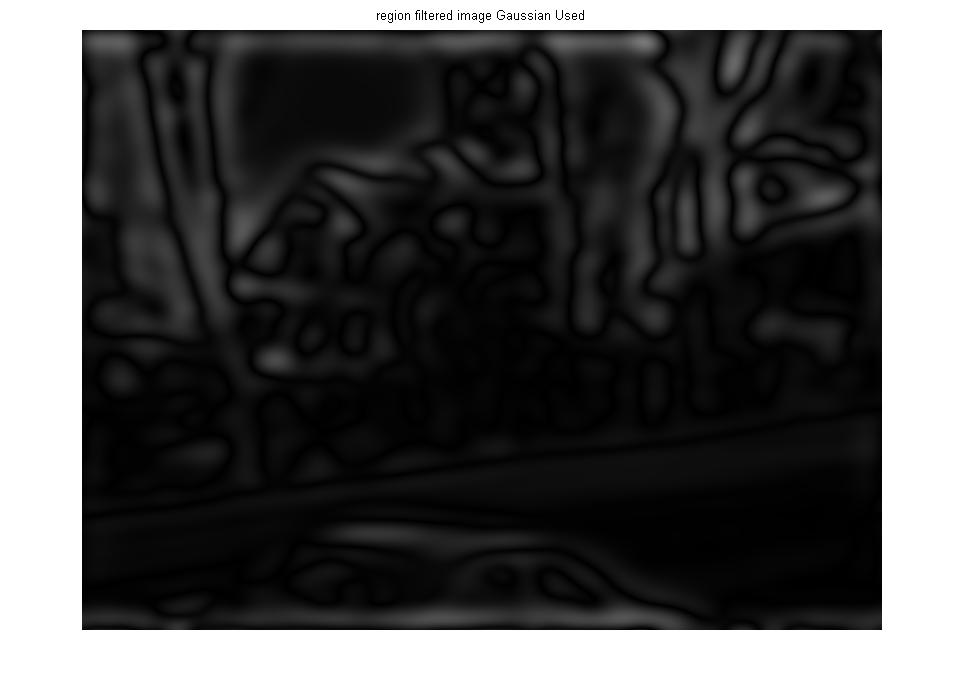
Using the 2D discrete Fourier transform on images. Every image on a computer or in print is a a 2-D array of pixels. Such an image can contains varying amplitudes of a limited set of spatial frequencies. In this article, I describe how to use the DFT on a computer image and show what the results look like.
The application of the 2D Discrete Fourier Transform to computerized images is analogous to the use of optical 2D Fourier Transforms on photographic images in the late 1960's where the application of filters was used to bring out details that the human eye would have otherwise missed. For example a railroad system hidden in a jungle would become perfectly clear on the aerial map when the spatial frequencies correspending to a track were preferentially passed during the projection.
Darwin and The Theory of Evolution
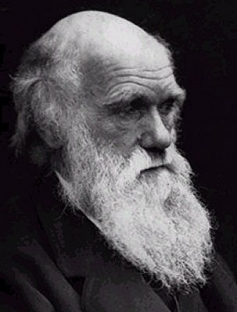
Darwin & the Theory of Evolution. This year, 2009, marks the one hundred fiftieth anniversary of the publication of On the Origin of Species by Charles Darwin in 1859. It is often thought that Darwin’s great insight was the description of a simple mechanism –natural selection- that made evolution possible. A more important insight is that given a non-random changing environment and organisms in that environment whose reproductive success depends on inherited traits –evolution is inevitable.
Just what is the theory of evolution? Why is it important for science? Why do some people argue against acceptance or teaching of this theory? Where did Charles Darwin get his radical ideas?
The Hydrogen Atom Wavefunctions
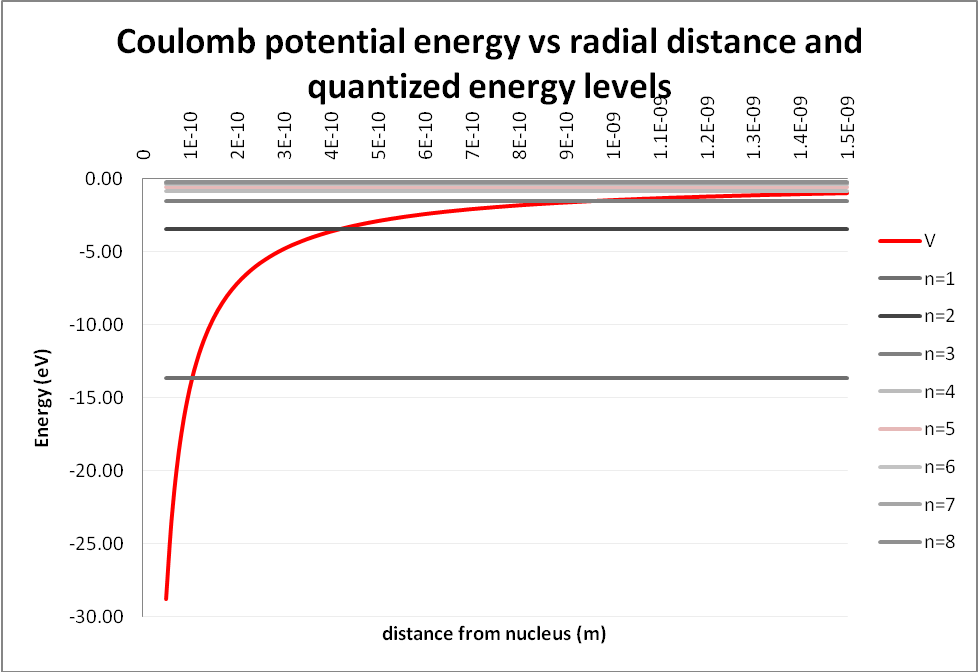
Hydrogen Atom Wavefunctions. So, your're sitting around the apartment one day, there is nothin' on the tube, and you start wondering "What are the energy levels of atomic hydrogen? I'd have to know that to figure out the wavelengths of the spectral lines emitted by a hydrogen atom." Then, suddenly, you realize, "Oh my goodness! I'd have to solve the Schrödinger equation and find the the wavefunctions for the hydrogen atom to find out something like that." Here are those wavefunctions and energy levels all spelled out for you.
If you were just wondering what the energy levels of the hydrogen atom are, and how to find them by solving the Shrödinger equation, you are in luck! On this page, we display the hydrogen atom wavefunctions and energy levels which can be scaled to any hydrogen-like atom (single electron ion).
Hermite Gaussian Transverse Beam Profiles

Hermite Gaussian Beam Profiles. One parameter to describe a laser beam is the transverse beam profile and one description of the transverse beam profile is to use the Hermite Gaussian basis functions. Almost any irradiance pattern of a laser beam can be described in terms of a mixture of the HG pure modes.
Every laser cavity will have a restricted set of irradiance patterns that it can produce and one way to describe that pattern is to use a basis set of "pure" patterns. Laser designers try to create cavity designs that will prefer a particular combination of these transverse modes.
Vector Form for Snell's Law
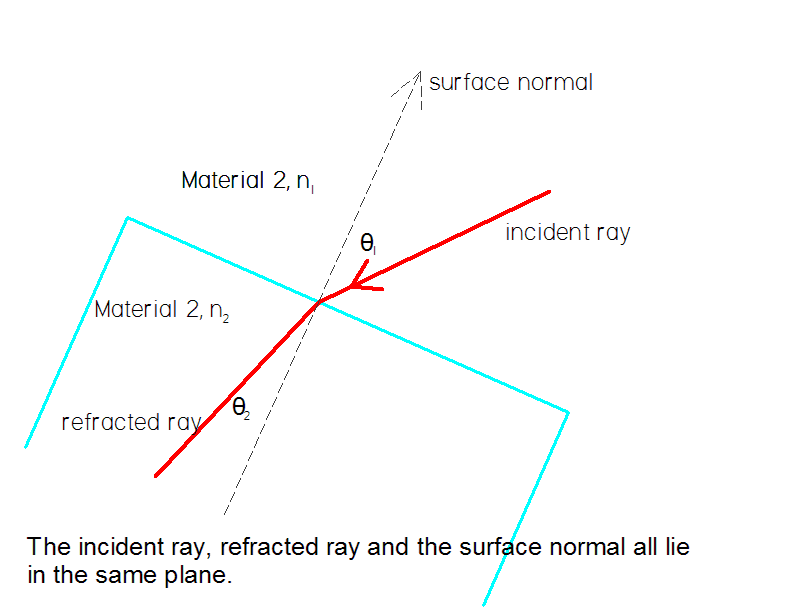
Snell's Law in Vector Form. Usually described in simple single plane coordinates, Snell's law is much more useful when you consider possible refraction out of the plane. To accomplish calculations of this type requires a vector form of the law of refraction.
Snell's law is the one of the first things you learn in an optics class. It is the basis of all refractive optics from your eyeglasses to microscopes and telescopes and even much of the information super highway made of fiber optics and the associated components. But the textbook version of Snell's law always seems to be in a contrived coordinate system with all the light travel in the plane of the page. To use a coordinate system that is more natural to the situation, you need a vector form for Snell's law.
Finding Edges in Images -The Sobel Operator
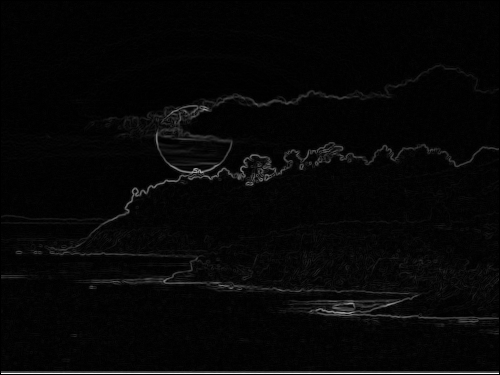
The Sobel operator is a commonly used image processing method for finding edges in an image. You can use it to quickly find outlines of objects in a photo or video feed.
If you have ever wondered how to easily get an outline from an image, such as a photograph or even a live camera feed, this article describes a simple process using the Sobel operator. With this method you can take a photo and quickly draw just the outlines of the objects in the photo. This is a commonly used image processing operation that allows machines to find information that your brain automatically picks out, or sometimes the machine can even cut through clutter that your brain won't.
Short article on the operating parameters of the Fabry-Perot Interferometer
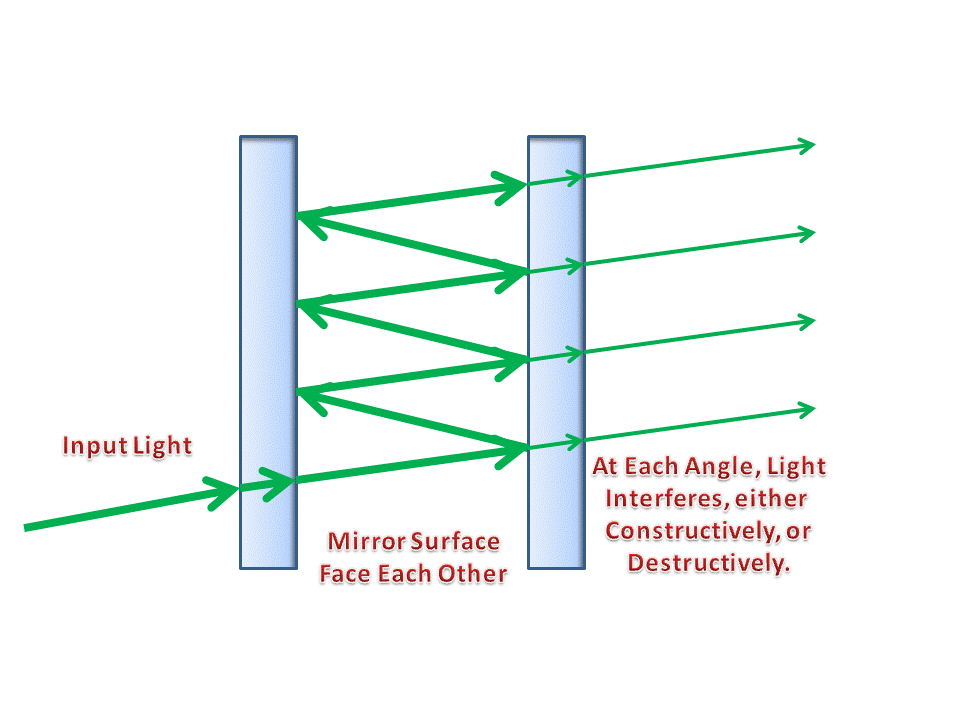
Here are some of the important parameters to know when working with a Fabry-Perot Interferometer or spectometer. Finesse, Free spectral range, and angular separation of orders are described.
A Fabry Perot spectrometer or interferometer is a very powerful tool for determining the presence of multiple longitudinal modes in a laser cavity. It could also be used to suppress unwanted modes when used inside the laser cavity. Recently I employed this simple device to verify that my laser was single mode, with only one frequency.
Math: The Mandelbrot Set

The Mandelbrot Set is that beautiful fractal made famous in the 1980's with wonderful photographs that brought complex dynamics to popular culture. Or rather, brought the subject of complex dynamics into the discussions in the coffee shops and made mathematics just a little cooler in the eyes of the young.
Images of the Mandelbrot set created by a simple algorithm and rendered by a simple matlab application are shown and the method of creating these images is described.
Archived Articles
Stark Effect
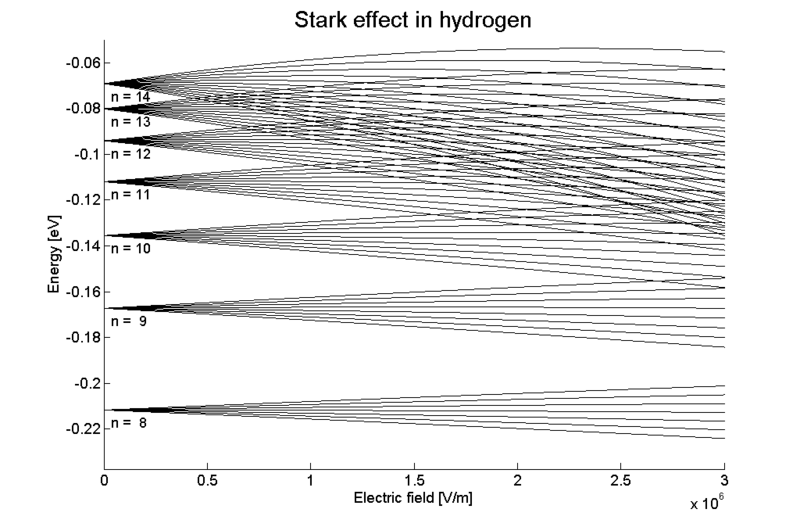 The Stark Effect is shown here in the splitting and shifting of spectral lines in hydrogen under the influence of an external electric field.
The Stark Effect is shown here in the splitting and shifting of spectral lines in hydrogen under the influence of an external electric field.
What is the Stark Effect? This article discusses the spectroscopic effect of strong electric fields known as the Stark effect, named for Johannes Stark, the first to experimentally demonstrate the effect.
Platonic Solids
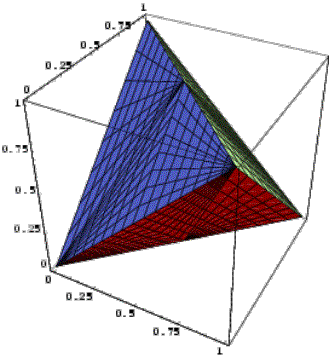
Platonic Solids more exciting than a platonic relationship. A discussion of symmetry, regular polygons, platonic solids, and the Euler Characteristic
Winning the Lottery

Winning the Lottery: Just what is the probability of winning the lottery? Do you have a chance? This short page will show you how to calculate your chances, and justify the lottery's alias: A Tax on People That Can't Do Math.
The Rogowski Coil
The Rogowski Coil. This article describes the theory of operation of a great tool for measuring fast pulsed currents or high frequency currents without direct contact.
Fibonacci Numbers
Fibonacci series: The first recursive series known to Europe. This article shows what the Fibonacci numbers are and how the recursive series works. It only hints at some of the amazing applications of the series.
Golden Ratio
The Golden Ratio, a fascinating number. The Golden Ratio has applications to aesthetics, biology and other sciences, this article shows one example.
How MP3 Files Work
How do MP3 files Work? The Science and Math Behind All That Entertainment.
Assigning Orthogonal Axes to a 2D Distribution
Finding the angle of a 2 dimensional distribution Continuous or discrete 2D distributions have a best fit angle. Here is how to find it.
Zernike Polynomials
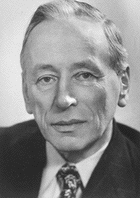
Zernike Polynomials used for representation of light beam wavefronts. Represent any 2-D surface as long as it has a circular footprint.
Mathcad file for Zernike Polynomials
Zernike Polynomials MathCAD sheet, in mathcad 2001i format. (Right Click and Select Save File to Download). This sheet calculates the zernike polynomial of your choice and displays a 3D graph. (Requires mathcad from mathsoft)
Laser Beam Propagation
Basics of Laser Beam Propagation. Here are some of the formulas and descriptions of wave phenomena in coherent beams. This is a work in progress, so please have patience, but go ahead and tell me if you see something wrong!
A Quick View of Fourier Optics
A short mathematical description of fourier propagation of E/M fields through free space and a simple lens. A longer version of this tutorial is found at the end of the pdf file describing laser beam propagation. Click here for the laser beam propagation tutorial.
The Quadratic Formula
The quadratic formula is a quick, easily recalled formula for solving a quadratic equation. Quadratic equations show up in all kinds of science and engineering problems as well as your high school homework. This short article shows how to derive the quadratic formula just in case you forgot the formula or you are just going crazy trying to remember how you derived it once a long time ago.
Taylor Series Expansion
A Taylor series expansion can turn a complicated function into a simple power series polynomial, sometimes. This little trick is very useful in science and engineering and especially in computer modeling of physical phenomena when working with functions that are difficult and time consuming to calculate values for.
